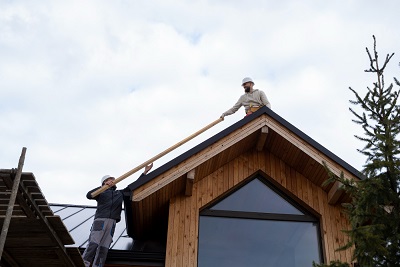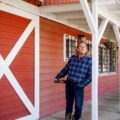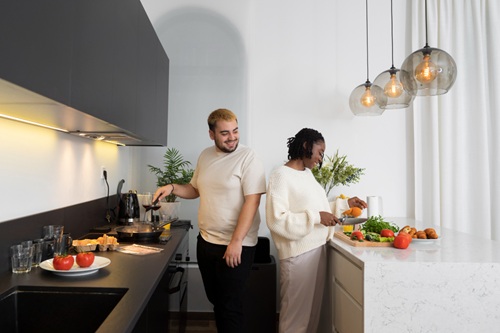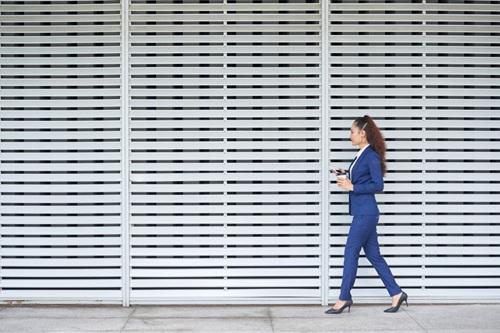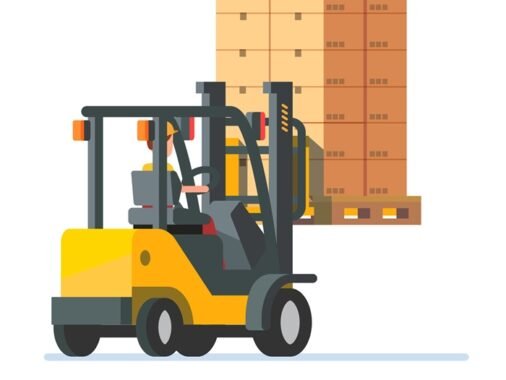A shed in Australia isn’t just a place to store the lawnmower and a few tinnies. It’s a sanctuary, a workshop, a man cave, a she-shed, and often, the most reliable structure on the property after the house itself. But if you’ve ever seen a cheap shed buckle under a summer hailstorm or watched paint peel faster than a tourist in the midday sun, you know not all sheds are created equal.
The Aussie elements are a unique breed of brutal. From the scorching UV that bakes everything in sight to the driving rain and howling winds of a summer storm, your shed needs to be a fortress. So, what separates a flimsy tin box from a shed that’s truly “tough as nuts”?
As blokes who’ve been in the game for years, we’ve seen what works and what ends up as a pile of scrap metal. It all comes down to a few non-negotiable principles: quality materials, smart design, and proper installation. Let’s dive in.
The Building Blocks of a Battler: Materials Matter
You can’t build a champion on a weak foundation. The materials are your first and most critical line of defence.
Steel Gauge: It’s All About Muscle
The thickness of your shed’s steel panels, known as the ‘gauge’, is paramount. Think of it as the difference between aluminium foil and a cast-iron skillet.
- Avoid the Flimsy Stuff: Steer clear of anything labelled as “light-duty” or with a gauge thinner than 0.42mm. It dents if a possum looks at it wrong and won’t stand up to a proper storm.
- Go for the Good Oil: For walls, look for COLORBOND® steel in a minimum 0.42mm – 0.48mm thickness. For the roof, which takes the biggest beating from hail and sun, you should be considering 0.48mm or even 0.60mm for ultimate peace of mind. This extra thickness provides the structural rigidity that prevents oil-canning (that wavy, buckled look) and stands up to impacts.
The Roof & Wall Skin: COLORBOND® is King
Not all steel is created equal. COLORBOND® steel isn’t just a brand name; it’s a Australian-made system engineered specifically for our conditions. Its secret weapon is a patented metallic coating and a baked-on paint finish that is:
- UV Resistant: The colours are designed to resist fading, so your shed won’t look washed out and tired after a few summers.
- Corrosion Resistant: The base steel is protected by layers of defence against rust, which is crucial in coastal areas like ours.
- Thermal Efficient: Some COLORBOND® profiles even have a special Thermatech® coating that reflects more solar radiation, keeping your shed noticeably cooler. No more sweating bullets just to find a spanner!
Smart Design: More Than Just a Pretty Facade
A tough shed is designed to shed water, wind, and heat, not just contain your stuff.
The Roof Pitch: Letting the Weather Roll Off
A low-pitch roof might look modern, but a steeper pitch is a workhorse. Why? It allows rain to drain quickly and prevents leaves and debris from building up. More importantly, it helps wind to flow over the structure instead of getting underneath and putting upward pressure on the roof sheeting.
Guttering and Downpipes: Handling the Deluge
When the heavens open up, you need a proper system to manage the water. A well-designed gutter and downpipe system is non-negotiable. It directs water away from your shed’s foundation, preventing erosion and potential water damage to anything you’re storing inside. Don’t just tack it on as an afterthought—it’s a vital component.
Ventilation: Banishing the Sticky Heat
A sealed metal box turns into an oven by 9am in January. Proper ventilation is the key to a usable space. This can be achieved through:
- Whirlybirds: These spin in the breeze, actively sucking out hot, stagnant air.
- Eave Vents: Allow cooler air to be drawn in from low down, creating a natural flow.
- Ridge Venting: A continuous vent along the roof ridge lets hot air escape at the highest point.
Checklist: Key Features of a Tough Aussie Shed
- Steel Gauge: 0.42mm (min) for walls, 0.48mm+ for the roof.
- Material: Genuine Australian COLORBOND® steel.
- Roof Pitch: A functional, steeper pitch (e.g., 15° or more).
- Frame: Robust, hot-dipped galvanised steel frame.
- Ventilation: Includes whirlybirds, eave, or ridge vents.
- Water Management: Includes integrated guttering and downpipes.
- Sealant: High-quality silicone sealant used on all screw holes and joins.
The Foundation: Don’t Skimp on the Ground Work
You can have the best shed kit in the world, but if you plonk it on a crook foundation, you’re asking for trouble. A proper concrete slab is the gold standard. It’s level, strong, and provides a solid anchor point for your shed, preventing shifting and warping. For larger Sheds Perth, especially those around Perth where we can get stiff winds, engineering certification for your slab and shed design is not just a good idea—it’s often a council requirement.
The Devil’s in the Details: Installation & Extras
Finally, quality comes down to the little things.
- Screws, Not Nails: A proper shed uses high-tensile, self-tapping screws with neoprene washers. These washers create a watertight seal around the screw hole, preventing leaks. Nails work loose over time and will leak.
- Aussie Standards: Ensure your shed complies with the relevant Australian Standards for wind and snow loading (AS/NZS 1170). This isn’t red tape—it’s the blueprint for survival.
- Professional Installation: While a DIY job can be tempting, a professional installer knows how to handle sheets without damaging the protective coating, torque screws correctly to avoid over-tightening, and ensure every seal is perfect. It’s worth the investment.
Frequently Asked Questions (FAQ)
A: Honestly, mate, don’t compromise on the steel quality or the foundation. These are the heart and soul of your shed. Instead, look at phasing your project—build the structure properly now, and add optional extras like shelving, insulation, or a roller door later.
A: Absolutely. A standard wall height (around 2.1m) can feel cramped. Going to a 2.4m or even 3m wall height (eave height) gives you room for storage racks, better airflow, and a much more comfortable working environment. It’s one of the best value upgrades you can make.
A: Start with ventilation (whirlybirds/ridge vents). Then, consider insulating the roof. Reflective foil insulation bats are a fantastic option for significantly reducing radiant heat. For the ultimate cool shed, check out our guide on shed insulation options for Australian climates.
A: Generally, yes, for any permanent structure over a certain size (usually 10m²). Regulations vary by council, so it’s crucial to check with your local shire. Any reputable shed company will help you understand the process.
Conclusion
A tough shed isn’t an expense; it’s an investment in protecting your valuable tools, vehicles, and hobbies. It’s about building something that will still be standing strong, looking great, and doing its job long after the cheap imports have turned to dust.

